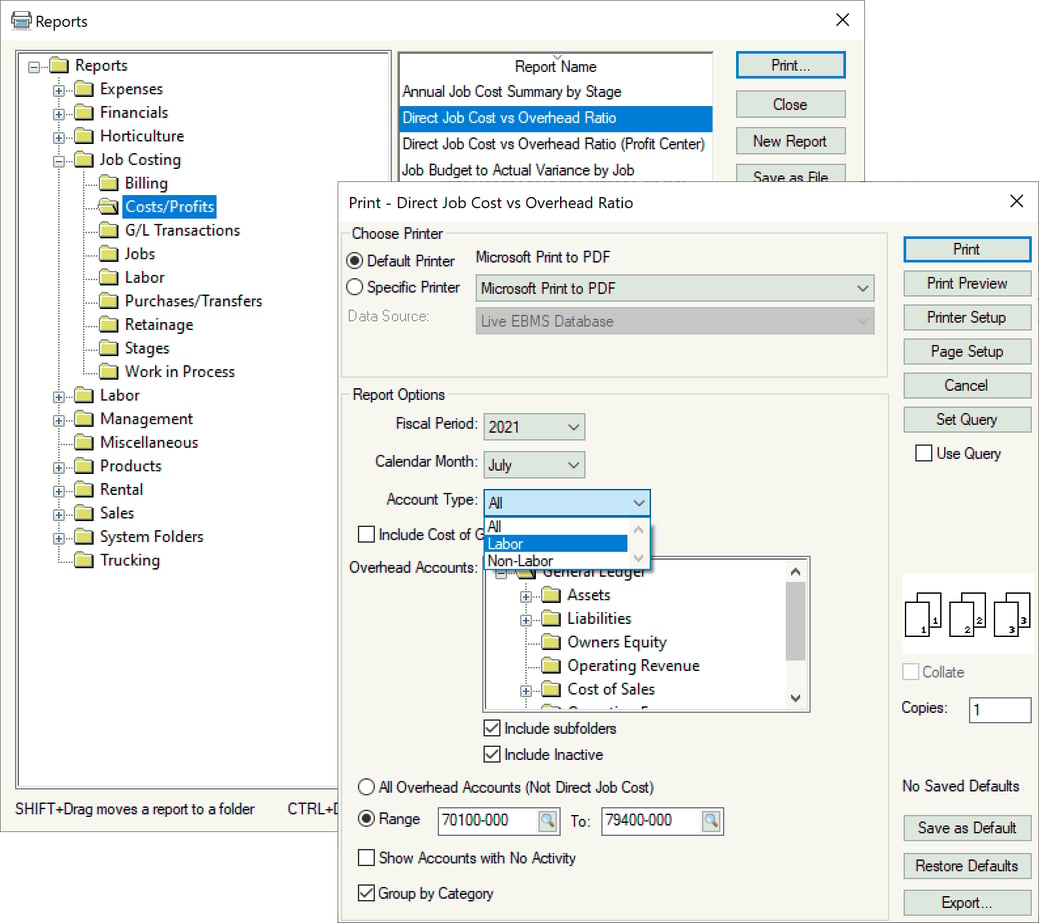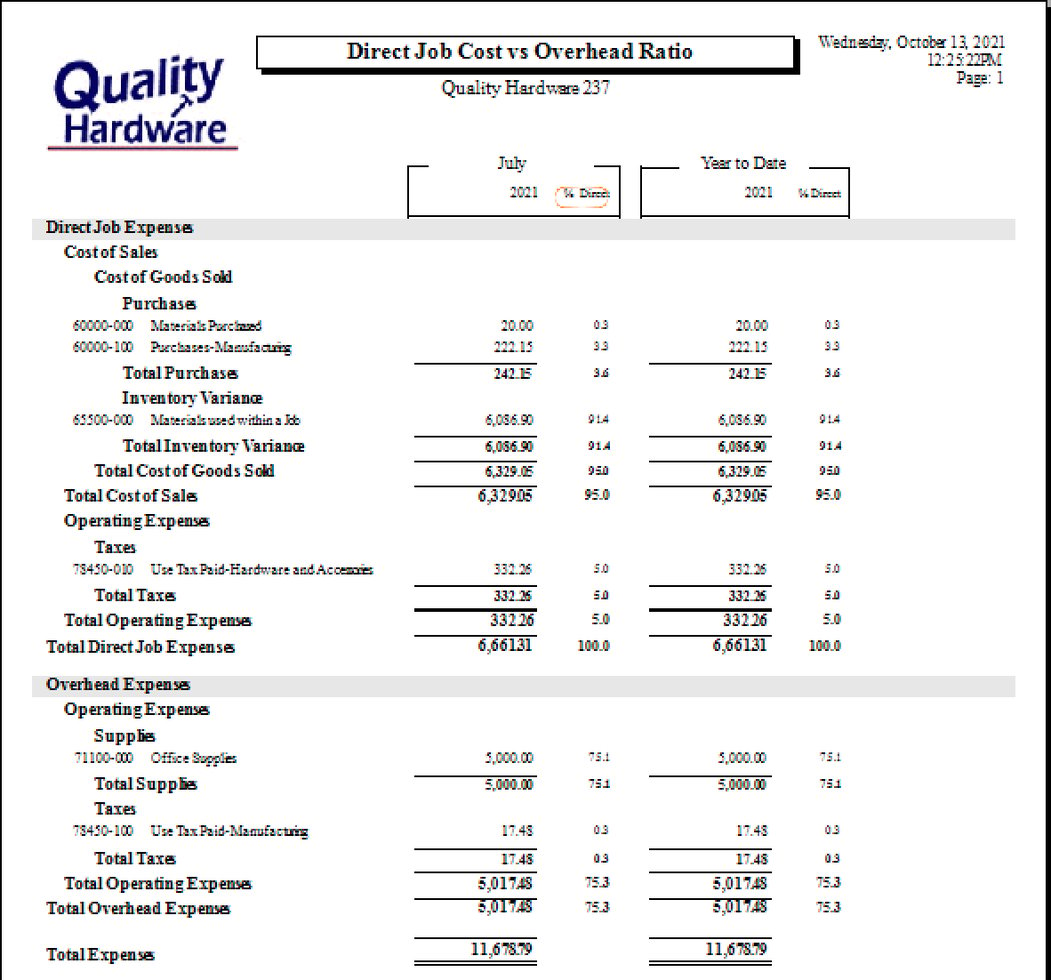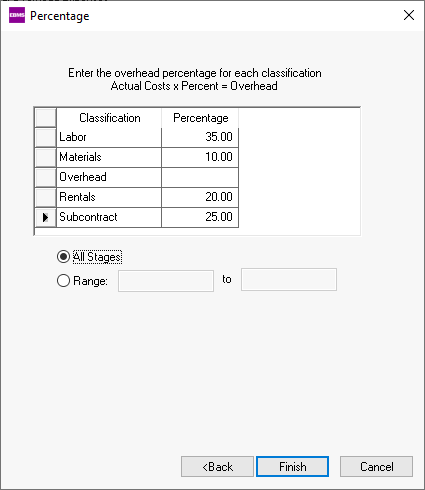- EBMS Knowledge Base
- Job Costing
- Overhead Costs
-
Client Resources
-
EBMS Main Documentation
-
Sales
- Customers
- Proposals
- Proposal Sets and Templates
- Sales Orders
- Sales Invoices
- Materials Lists
- Sales and Use Tax
- TaxJar
- Recurring Billing
- Customer Credits
- Customer Payments
- Card Processing and Koble Payments
- Gift Cards and Loyalty Cards
- Verifone Gateway and Point Devices
- Freight and Shipping
- General Ledger Transactions for Sales
- Point of Sale and XPress POS
- Point of Sale Hardware
- Salesperson Commissions
-
Inventory
- Product Catalog
- Using Product Codes for No Count Items
- Product Pricing
- Special Pricing
- Tracking Inventory Counts
- Unit of Measure (UOM)
- Purchasing Stock
- Special Orders and Drop Shipped Items
- Receiving Product
- Barcodes and Inventory Scanners
- Components, Accessories, and Bill of Materials
- Component Formula Tool
- Made to Order Kitting (MTO)
- Configure to Order Kitting (CTO)
- Multiple Locations: Warehouses, Divisions, Departments
- Sync Product Catalogs between Companies
- Vendor Catalogs
- Serialized Items
- Lots
- Product Attributes
-
Expenses
-
Labor
-
Financials
-
Tasks and Work Orders
-
Job Costing
-
Manufacturing
-
Rental
-
Apps
-
E-commerce
-
EBMS Automotive
-
EBMS Horticulture
-
EBMS Metal Supply
-
EBMS Fuel Sales
Job Overhead Reports
Adding the correct overhead percentage to the direct costs is an important value required to calculate proper job profit. The overhead reports are a great way to determine the proper percentage based on past history. Review Calculate Job Overhead for instructions on how and why to use job overhead percentage.
Verify that the Direct Job Cost option is enabled within Job Costing > Options > General tab. Review Job Costs > Direct Job Cost General Ledger Accounts for steps to enable this option.
- Run one of the Direct Job Cost vs Overhead Ratio reports found in File > Reports > Job Costing > Costs/Profits folder.
Use the Direct Job Cost vs Overhead Ration (Profit Center) if job costing is managed within a department, division, or profit center. Review Department and Profit Centers > Overview for information on evaluating a segment of the company.
Use the following Direct Job Cost vs Overhead Ratio report to evaluate overhead for the entire company.

Set the Account Type setting to reflect Labor percentage or Non-Labor percentage total at the end of the report.
Select the range of overhead financial accounts. Use the Overhead Accounts Range prompts to identify a specific range of accounts. Note that any accounts with the Direct Job Cost Account enabled will be excluded.
Click Print or Print Preview to generate the report. The top section lists the Direct Job Expenses or accounts with the Direct Job Cost option enabled.

Review Jobs > Job Management Reports for more job report information.Note the percent of overhead at the bottom of the report after the Total Overhead Expenses total. Run the report multiple times with different Account Settings to calculate the Labor vs. Non-Labor overhead percentage.

Add these percentages to each classification using the Job Costing > Calculate Overhead option from the main EBMS menu. Review Calculate Job Overhead for instructions on how to use the overhead percentage.

